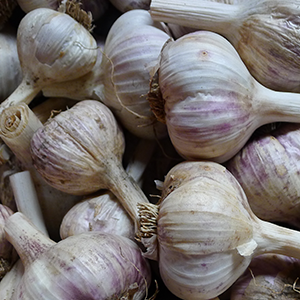
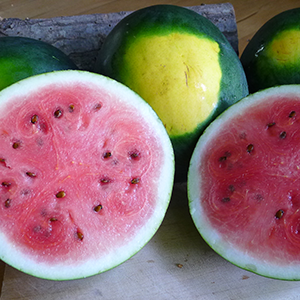
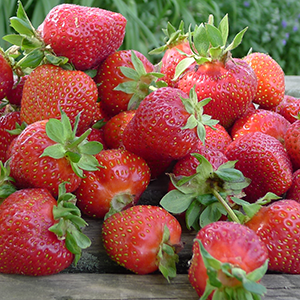

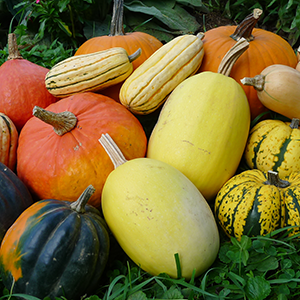
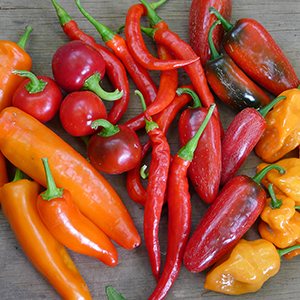
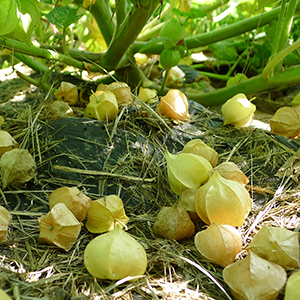



News and Notes | The Anchor Run Blog
Displaying a Single Post |
Show Recent Posts
July 21, 2019
Feeling the Heat
by Farmer Derek
Feeling the Heat
by Farmer Derek
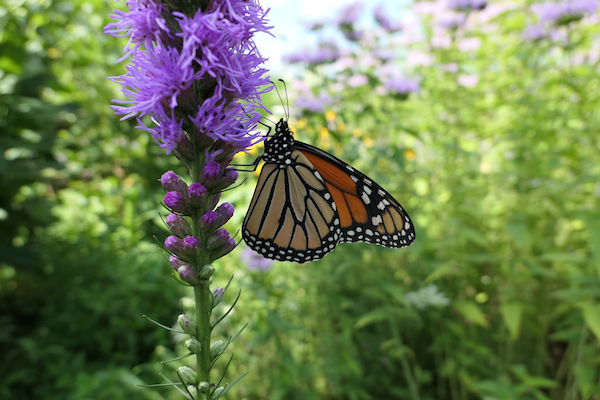
Hello beautiful monarch butterfly enjoying a blazing-star snack!
Whenever we have extreme weather I try to notice and acknowledge the wild species on the farm that seem to be thriving or at least seem to respond in a positive way or are able to ignore completely the unique weather circumstances. Observing these creatures provides a nice distraction from any worry associated with crop health because we can feel happy that they're happy. After flash floods I listen to a chorus of eastern gray tree frogs or aptly named green frogs and may watch our resident also-aptly-named big brown bats echo-locate around the trees and buildings while they snatch their insect prey from the moist air. During this brief but intense heat wave the calls of the midsummer nocturnal cricket-like katydid are ratcheting up and joining their daytime cicada cousins while june bug beetles seem to be intensely pursuing each other haphazardly. A romp through the woods yields spiderwebs galore filled with patiently waiting arachnids. The moist duff of the forest floor beckons the fruiting bodies of various species of fungi to cast their spores. Amidst this extreme heat, we slow down, cool down, and wait for it to break.
Before the heat's arrival we were fortunate to receive three-quarters of one-inch of rain, slowly and surely. We are very thankful and appreciative of this dose because without it we would be fretting the absence of moisture during these high temperatures. Anticipating the rain, we began putting some fields 'to sleep' for the off-season. That's a weird saying and I'm not sure what it means exactly, but what we did was mow and chisel plow and sow cover crops and disc-harrow to incorporate the seeds in fields where production is over for this growing season. If the seeds germinate well and the plants grow well we won't have to disturb the soil there until next spring. So, they're resting/sleeping but also photosynthesizing/nourishing/providing habitat/nectar/pollen/capturing carbon/beautifying. We sowed a mix of buckwheat, oats, and daikon radish. We'll use this mix for another month or so then we'll switch to oats and crimson clover and end with rye or wheat with hairy vetch in October. Cover crop nourishment of the soil is integral to crop health and something we emphasize here.
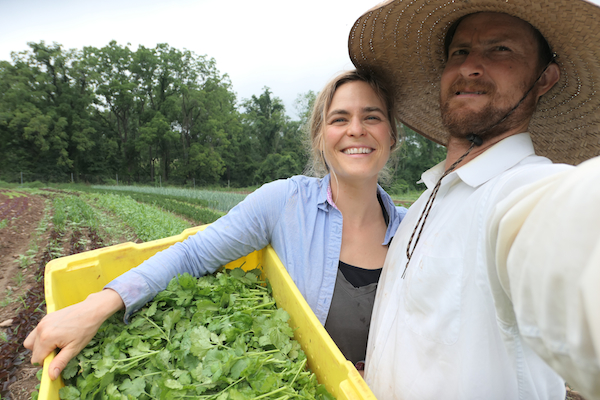
Farmer selfie with some fresh cilantro.

POSTS BY TYPE
POSTS BY MONTH

